The days are warming up, the trails are drying out, and the flowers are poppin’. This is the time of year that may outdoor enthusiasts dream about all winter. Summer adventures are just around the corner. This is the perfect time to make those fastpacking plans.
What is Fastpacking?
Fastpacking is a sport that sits at the intersection of backpacking and long distance running. It includes high-mileage days on picturesque trails, sleeping under the stars wherever your feet land you, and then waking up and doing it again.

An ultra-distance runner can only go so far into the backcountry before running out of food and having to return to the trailhead. A backpacker can only move so fast with the amount of weight that is typically carried. Fastpacking is the balance between the two ⎯ fast miles carrying less gear while being able to explore deep into the backcountry and sleeping under the stars.
The beauty of fastpacking is that you’re able to see a lot of country and cover more ground in a shorter amount of time than if you were backpacking or just running. This allows you to take on objectives that might traditionally take several days to complete, and possibly fit it into a weekend. If you’re the type of person that enjoys long days on the trails, or if you’re an adventurous weekend-warrior, this may be the perfect sport for you.
Fast and Light
You don’t need to be a fast runner, or even a runner at all, in order to fastpack. If you’re a fast hiker who can tackle big days, there’s no need to actually run. Typically, fastpacking is a combination of power hiking the uphills, jogging the flat sections, and running the downhills.
The key to fastpacking is in what you carry, how you carry it, and your fitness level. Traditional backpacking usually involves bringing an assortment of gear that is meant to make camp comfortable. That gear adds up in weight and in bulk, which makes movement slower and limits the amount of ground you can cover in a day. In fastpacking, we pare down our gear to just the basics and even sacrifice a little comfort in order to move lighter, faster, and cover more ground.

Tips to Start Fastpacking
Fitness
You do not need to be an elite runner in order to start fastpacking. You don’t even need to be fast. But you do need to have the fitness to be able to cover some miles. If you don’t have a lot of experience with trail running, it’s a good idea to start jogging on your local trails and learning how to run across rough or uneven terrain. As you get stronger, start training with some weight in a backpack a couple days a week. Be aware that running with a heavier pack will inevitably slow your pace, so be realistic when setting daily mileage goals.
Fastpacking Gear
Everybody’s gear list will be slightly different depending on what you need to keep you comfortable and moving. The general thought when it comes to fastpacking is to carry what you need and no more than that. You do not need to invest in super expensive ultralight backpacking gear in order to meet your fastpacking goals, but a few key lightweight items will help.
Backpack
Pack size should be somewhere in the 20-30 liter range. The upper end of this size range may be best if you’re planning an extended stay in the backcountry, needing to carry extra items for warmth, or if wilderness guidelines require you to carry a bear canister. There are special packs available on the market that are lightweight and made specifically for fastpacking, but any pack of the appropriate size will do so long as you can run in it carrying 10-20 pounds of gear.

Sleep System
Putting together a sleep system is very much personal preference. Small and light is important, but so is your ability to sleep at night. Some folks choose to use a closed-cell foam pad to sleep on, while others prefer a lightweight inflatable pad. There are pros and cons to each when it comes to reliability and comfort. Inflatable pads are more comfortable but are not as reliable as the foam pad because they can pop, a real downer when you’re sleeping on the ground. Foam pads aren’t as comfortable as inflatable pads, but they also won’t fail. Many fastpackers choose to use a down quilt instead of a sleeping bag because they use less material and have no zipper, making them packable and ultra-lightweight. Pro tip: Cut your foam pad so that it is just long enough to cushion your torso and hips, then sleep with your legs on top of or inside your backpack to provide your lower extremities some insulation from the ground.
Shelter
The type of shelter you use, or even whether or not you decide to use a shelter, depends on your comfort level, weather, and pack weight goals. Some people may be comfortable going sans shelter and just sleep under the stars ⎯ called cowboy camping ⎯ while others want a full tent complete with zippers and a rain fly. What you choose is completely up to you, what you’re willing to carry, and whether or not you might have inclement weather. Two common options are bivy sacks and tarps. A bivvy is a small, weather-resistant shelter that is big enough for just you and your sleeping bag. A tarp is basically a tent without sides and is great for a little extra protection without the weight. If you’re anticipating rain or a lot of bugs during your fastpacking trip, a full tent may be preferred.
Other Gear
Contrary to popular belief, you do not need to cut your toothbrush in half to save weight. If you’re an ounce-counter, then a chopped toothbrush might give you a sense of satisfaction, but it doesn’t provide an appreciable weight savings. When it comes to clothing, many fastpackers will only take one set of clothing, and run and sleep in the same things. If you want to avoid the possibility of sleeping in sweaty clothing, you can take an extra set of clothes to wear in camp and to bed. Any more than that is usually unnecessary. Stoves are also an optional item. There are plenty of compact, nutrient-dense foods available that do not need to be heated in order to be enjoyed. That being said, if you must have a warm meal in the evening or that warm cup of coffee in the morning, there are some small, lightweight stove options available.
Before embarking on any fastpacking adventure, be sure to test out your fully packed bag by doing a test run with it on your local trails. Performing a test run will let you know if you need to decrease weight in tha pack, train more, or find out if the pack hurts you. Sometimes a loaded pack will bounce while running, which can cause increased fatigue and skin irritation.
Plan Ahead
It’s important to plan very well for a fastpacking trip. Spontaneity can be fun, but your first few trips will go much smoother if you plan well in advance. Select a route that is well within your ability for your first trip, and make sure you understand the rules of the wilderness area you plan on visiting ⎯ that includes acquiring the proper permits and adhering to appropriate Leave No Trace practices. Study the elevation profile to make realistic estimates for how long it will take you to complete each leg of your journey, and make sure you know where reliable water sources are as well as potential camp spots. If possible, find a mentor so you can learn from them. Having someone you can trust and who has more experience than you along for your first few fastpacking trips will make you feel more confident and can help you dial in your kit.

Challenge Yourself
The best part about fastpacking is that there are no set rules that make fastpacking, well, fastpacking. You can go as fast or as slow as you wish. You can take as much or as little gear as is reasonably safe. You can spend a ton of money on ultralight gear or you can use what’s available or buy used gear. The best part about fastpacking is pushing your limits and challenging yourself while enjoying the beauty and serenity of the backcountry. It’s incredibly empowering to be carried far into the wilderness by your own two feet.
Don’t forget to snag a couple of our Run Wild IPAs to properly celebrate running wild!

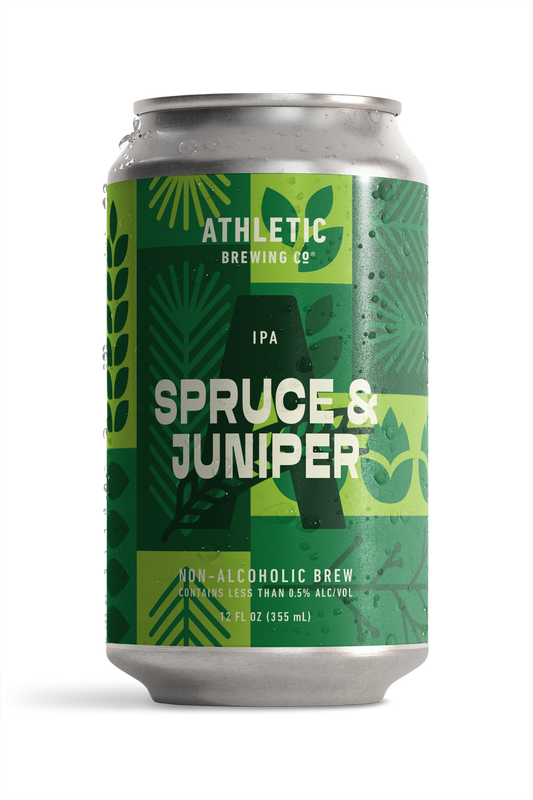
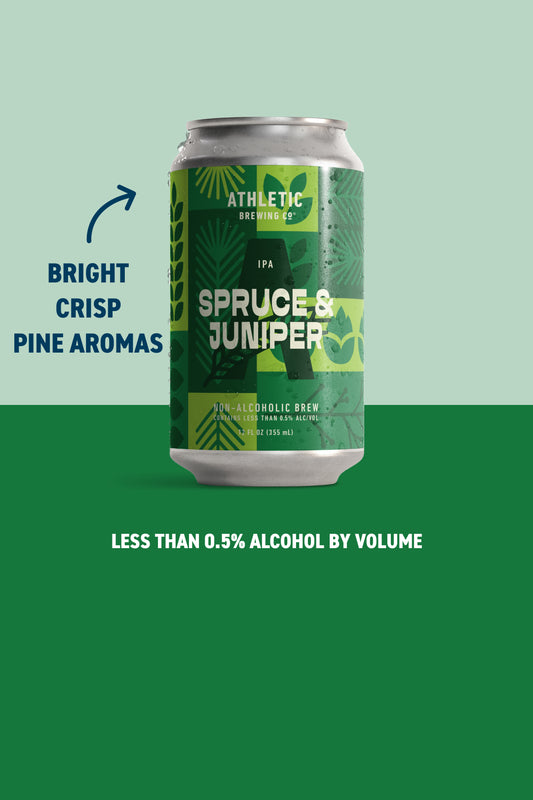
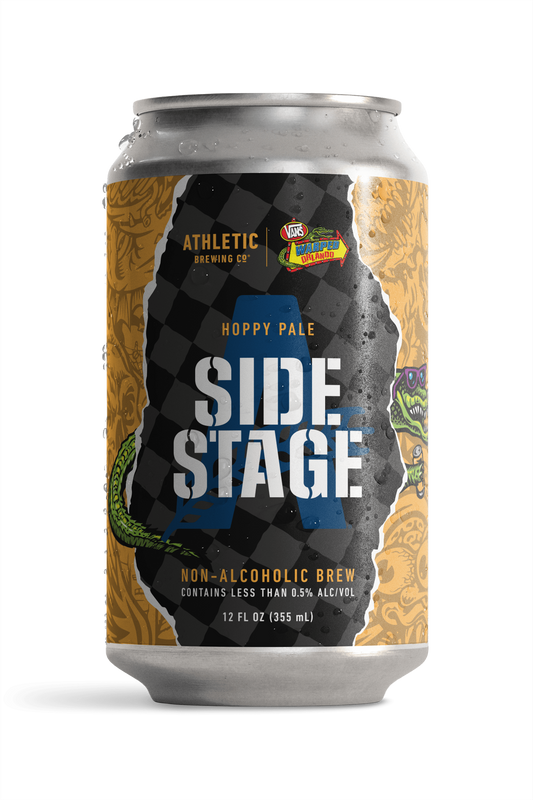

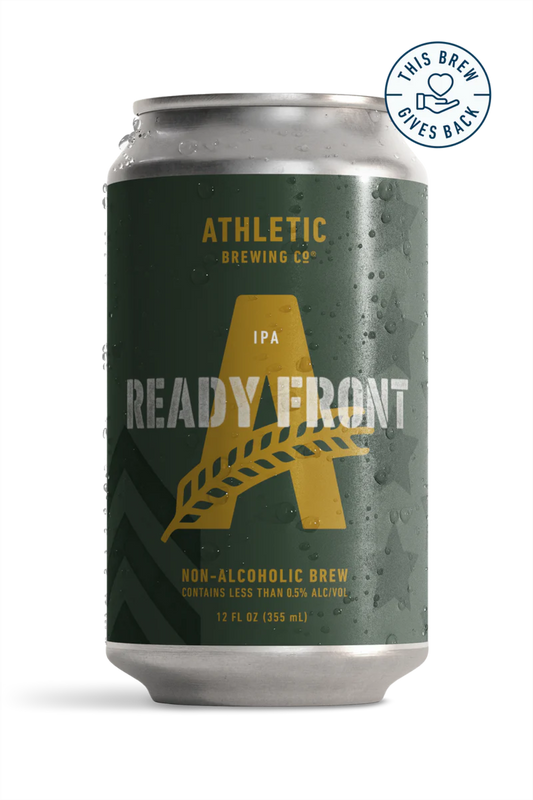
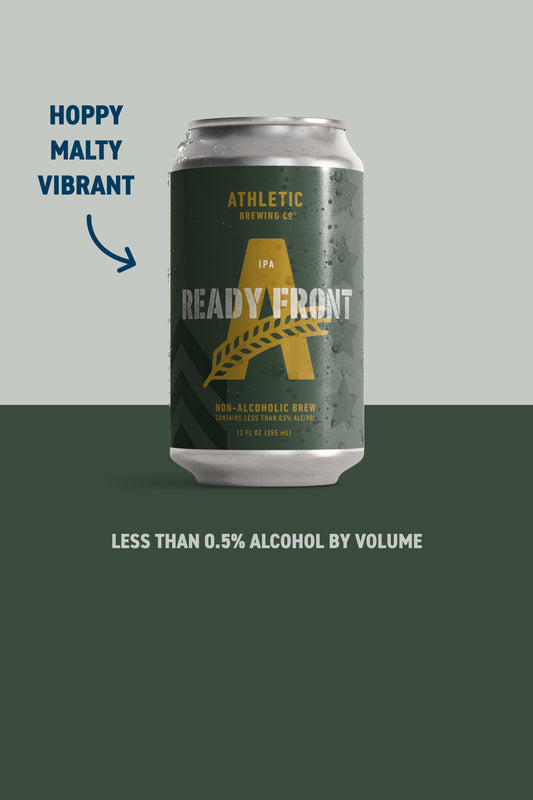
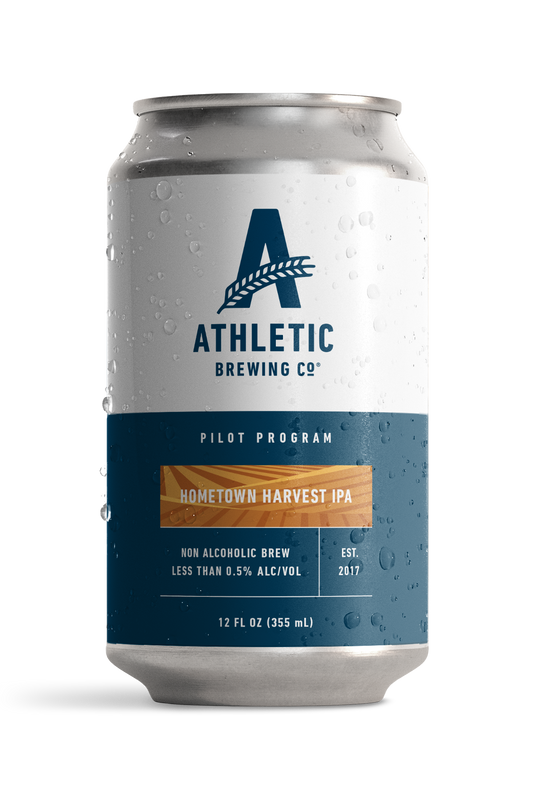
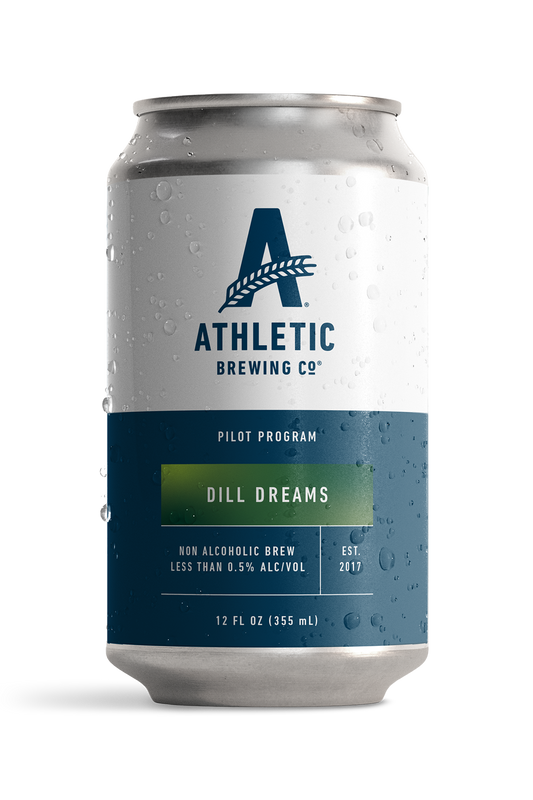

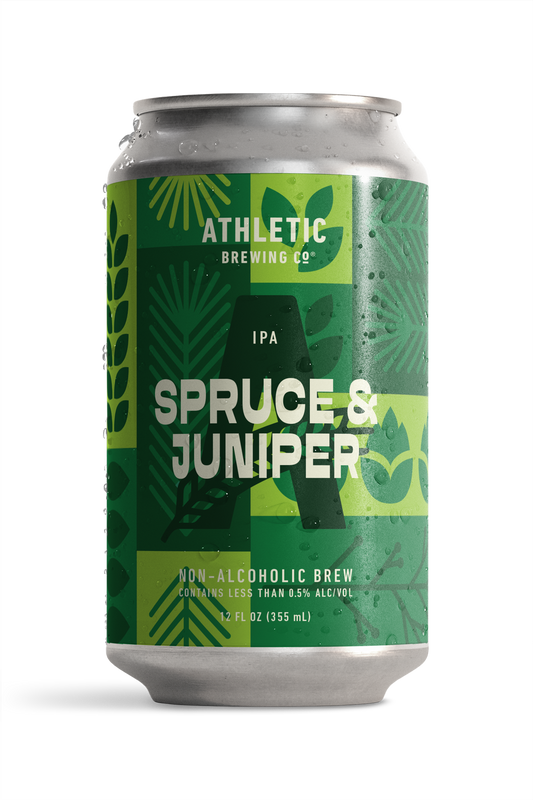
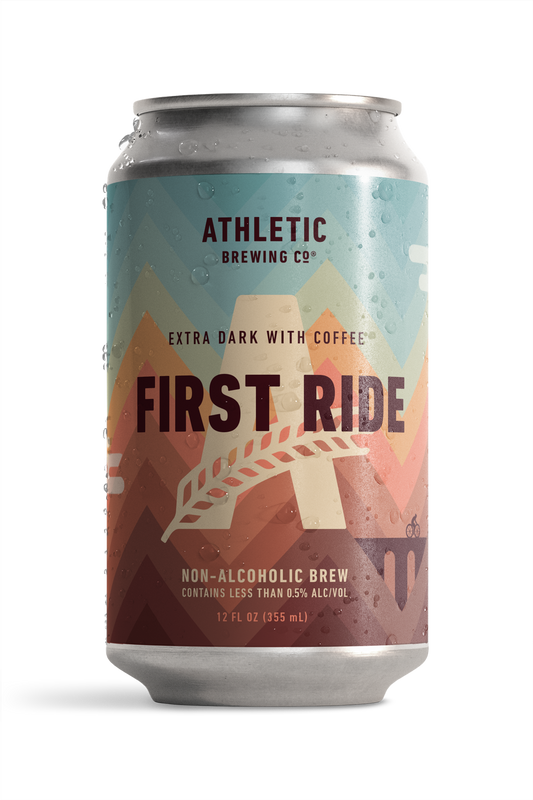
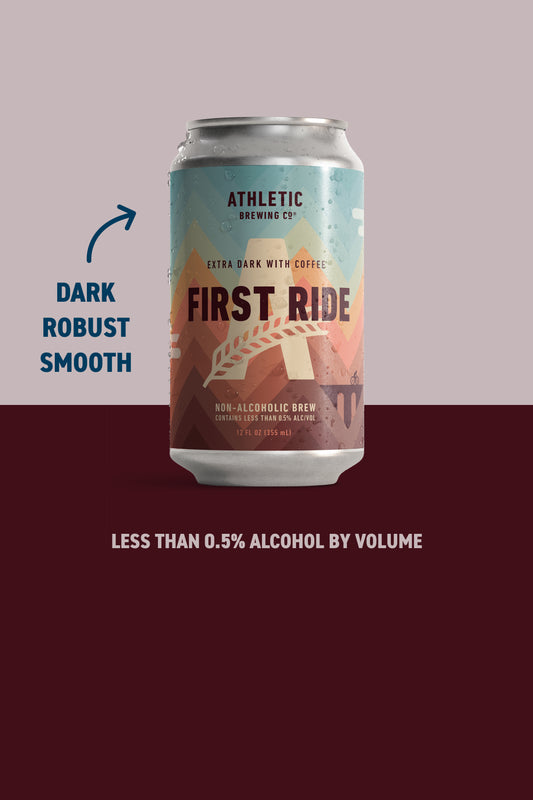
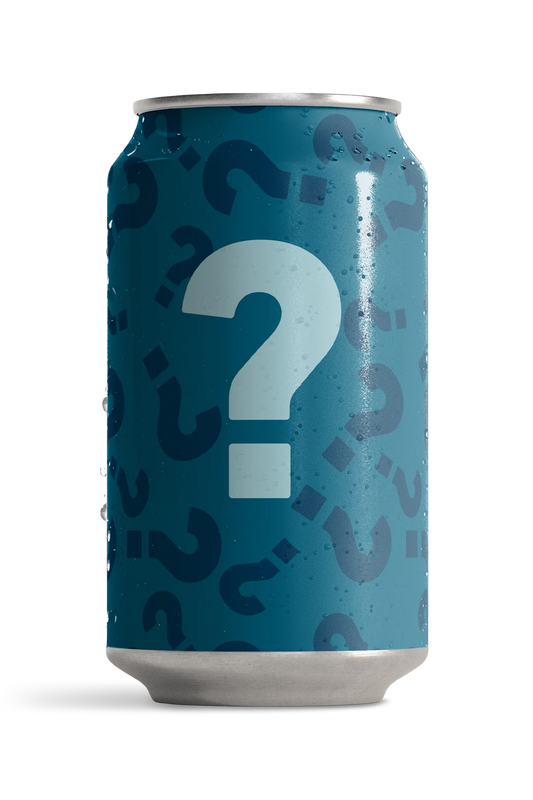










 Your Privacy Choices
Your Privacy Choices











